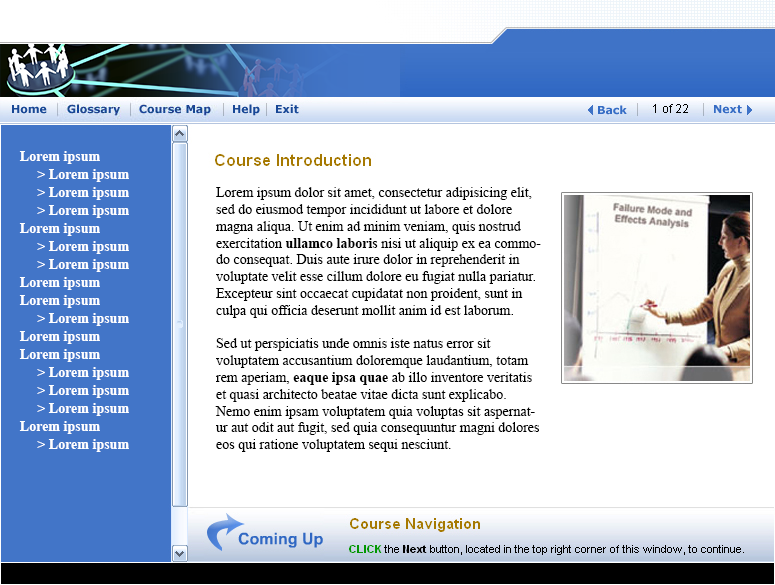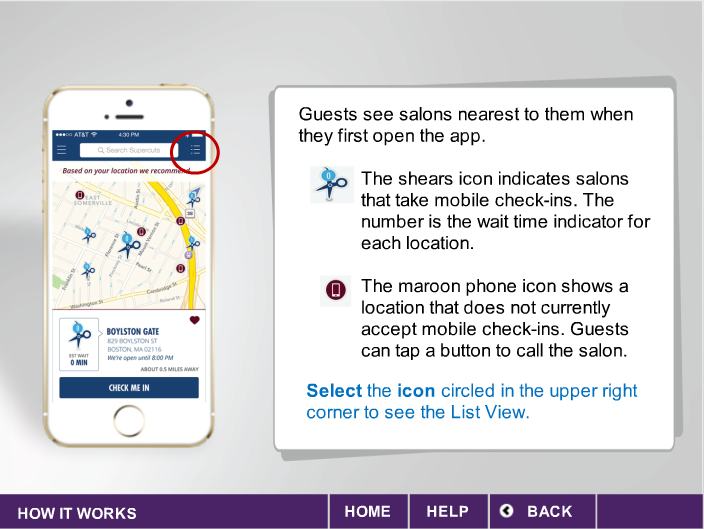Welcome back to our #BLPLearn blog series, where we offer a monthly look at design and technology as it pertains to learning and development. I’m your host, Jake Huhn—Senior Marketing Technologist at Bottom-Line Performance.
What good is training if no one uses it?
Last month I talked about how the fundamentals of good design—Gestalt principles—could help improve the learning in your eLearning (or mLearning). But it turns out design can help with a much more fundamental problem in learning and development: adoption. All the time and money you put into your course is wasted if nobody actually uses it.
[av_promobox button=’yes’ label=’Access’ link=’page,13321′ link_target=” color=’theme-color’ custom_bg=’#444444′ custom_font=’#ffffff’ size=’large’ icon_select=’no’ icon=’ue800′ font=’entypo-fontello’ box_color=” box_custom_font=’#ffffff’ box_custom_bg=’#444444′ box_custom_border=’#333333′]
Want to learn more about how design can increase adoption? Access our webinar: The Mobile Mindset: How to Wow Your Learners.
[/av_promobox]
I understand that there are certain elements of training you can simply make mandatory… but there are some you cannot. Take, for instance, support documents. We all know how helpful these can be, and how they can help provide that critical extra touch needed for retention. But when it’s the eLearning course that’s mandatory, you know employees have a high chance of just skipping over the extra guides and clicking through to the end.
What the research shows
I’ve come across some research that shows how good, clean design can help with a very similar scenario. Researchers at Case Western University School of Medicine decided to perform an experiment on the medical education curriculum, which includes a series of supplemental online pharmacology modules (“PharmWeb”) that run concurrently with the standard curriculum.
According to the authors, “Although this voluntary online pharmacology curriculum correlated with higher test scores during the formal, required portion of pharmacology learning in the curriculum, the utilization among medical students of the PharmWeb resource was low.”
They had a hunch that improving the design of the supplemental materials would increase adoption, and this is what they found:
“The modules were redesigned with a cleaner interface, and convenience of access to each module was enhanced by adding links to relevant modules within required, formative weekly pharmacology multiple choice questions. We report here an increased use of this optional online introduction to pharmacological principles and increased satisfaction in learning pharmacology that correlates with the design intervention.”
So what does this mean for L&D?
This means that, continuing the message from last month’s post, the visual design of your training can have a major impact on effectiveness. Whether it’s focusing on UI design—button placement, visual flow—or simply improving the spacing and alignment… it all makes a big difference. And now we have evidence to show that the impact of design happens before the learning even starts, because it can influence whether your learners use the training or not.
[av_one_half first]
This is an example of cluttered, boring eLearning. Not conducive to adoption at all.
[/av_one_half]
[av_one_half]
This is an example of cleaner eLearning. Each page drives a point and an interaction, and doesn’t feel too crammed with text.
[/av_one_half]
Here’s a practical way to think about it. When you’re designing your training, whether it’s an eLearning module or a mobile app, question whether the design feels overwhelming. Does there appear to be a sea of text with little whitespace? Are there multiple menus or calls to action that can get confusing? Or, an often overlooked aspect, how efficient is your code? Does it load quickly? These are all things that significantly impact adoption. Don’t send your learners running with bad design.
Citation:
Butler, Rhett, Peggy Kim, Marvin Nieman, and Amy L. Wilson-Delfosse. “Implementing Web Design and Usability Principles in Online Medical Curricula Is Associated with Improved Student Utilization and Satisfaction.” Med.Sci.Educ. Medical Science Educator 25, no. 3 (2015): 255-59. doi:10.1007/s40670-015-0151-5.





